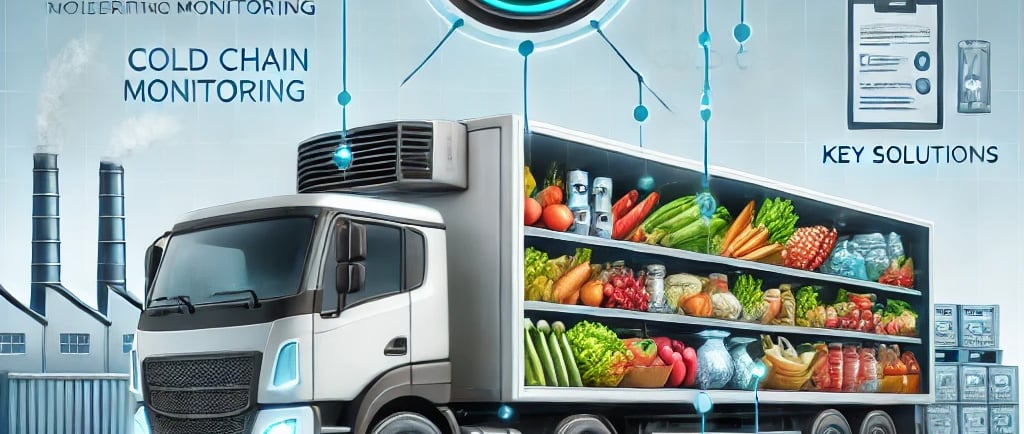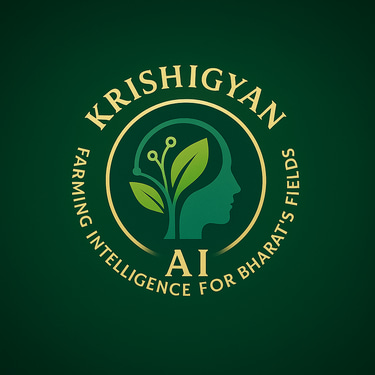Cold Chain Technologies for Perishable Goods
Ensuring Freshness, Reducing Losses, and Empowering Farmers India is the world’s largest producer of milk, second-largest producer of fruits and vegetables, and a major exporter of seafood and meat products. Yet, the paradox is stark: 30–40% of India’s perishable produce is lost post-harvest due to inadequate cold chain infrastructure. This staggering wastage not only affects farmers’ income but also contributes to food insecurity, price volatility, and environmental degradation. The solution? Cold chain technologies—a combination of temperature-controlled logistics, smart storage, and monitoring systems that preserve the quality and safety of perishable goods from farm to fork.
HawkEye
5/18/20252 min read


What is a Cold Chain?
A cold chain is a temperature-controlled supply chain system that involves:
Pre-cooling at the farm gate
Cold storage facilities (stationary and mobile)
Refrigerated transport (reefer trucks, trains, or containers)
Retail cold cabinets
Monitoring and data systems for compliance
This seamless system ensures that temperature-sensitive products—fruits, vegetables, dairy, meat, seafood, and even vaccines—remain fresh, safe, and market-ready throughout their journey.
The Indian Context: Why Cold Chain Matters
India’s geography, tropical climate, and supply chain gaps make cold chains not a luxury but a necessity. Challenges include:
High ambient temperatures
Long transit times between rural farms and urban markets
Limited cold storage in production zones
Intermittent electricity in rural areas
Fragmented logistics with unorganized players
Without a robust cold chain, farmers face market rejection, price suppression, and higher spoilage rates. For exporters, poor cold chain leads to non-compliance with global food safety standards.
1. Pre-Cooling Units at Farm Level
These remove field heat and extend shelf life. Compact solar-powered units are gaining popularity among FPOs and rural entrepreneurs.
2. Cold Storage Warehouses
Large-capacity cold rooms that preserve bulk produce at regulated temperatures. Innovations include:
Ammonia and CO₂-based refrigeration systems
Smart thermal insulation
Energy-efficient compressors
3. Reefer Transport
Refrigerated trucks, rail wagons, and containers help move goods across states and borders. GPS and real-time temperature monitoring ensure quality assurance in transit.
4. Multi-Commodity Cold Chains
Facilities designed to handle various perishables (e.g., fruits, dairy, seafood) in segmented zones—ideal for farmer cooperatives and agri-export hubs.
5. IoT & Remote Monitoring
Sensors and mobile apps monitor:
Internal temperatures
Door openings
Humidity and CO₂ levels
Alerts are sent to operators if thresholds are breached, enabling proactive maintenance.
Use Cases in India
National Horticulture Board (NHB) and APEDA have supported cold chain development for mango, banana, grapes, and floriculture.
Dairy companies like Amul and Hatsun use deep cold logistics for milk, paneer, and ice cream.
Seafood exporters in coastal states rely on -20°C to -40°C storage to meet global safety standards.
Startups like Inficold, Tan90, and Ecozen offer solar-powered cold storage solutions for smallholder farmers.
Economic and Social Impact
For Farmers:
Higher price realization
Extended selling window
Access to distant and premium markets (including export)
For Consumers:
Improved access to safe and fresh food
Lower seasonal price spikes
Better nutritional value in urban food
For the Environment:
Lower food waste = lower methane emissions
Energy-efficient cold chains reduce carbon footprint
Smarter logistics reduce fuel usage
Government Support & Policy Framework
PM Kisan Sampada Yojana: Grants for integrated cold chain projects
PLI Scheme for Food Processing: Encourages investment in cold chain infrastructure
Agri Infra Fund: Low-interest loans for FPOs, PACS, and cooperatives
Startup India and MSME schemes: Back innovative solutions for rural cold chain tech
State governments are also investing in farm-gate aggregation and logistics hubs with cold storage.
Challenges & Way Forward
Despite progress, key bottlenecks remain:
High setup and maintenance costs
Energy dependency in remote areas
Lack of skilled manpower for operations
Fragmentation across the value chain
The way forward:
Public-Private Partnerships to co-create scalable cold chain infrastructure
Cluster-based approach in agri-zones (e.g., fruit belts, seafood clusters)
Training and upskilling of rural youth in cold chain tech
Adoption of mobile and solar-powered units for decentralization
Integration with digital platforms for demand-supply matching and traceability
Conclusion
In a rapidly urbanizing and health-conscious India, the demand for fresh, quality perishables is only growing. At the same time, farmers seek better market access, lower wastage, and fair pricing. Cold chain technologies are the bridge between these aspirations.
By investing in scalable, smart, and sustainable cold chains, India can:
Secure food quality
Boost farm incomes
Enhance global competitiveness
Achieve its food security and climate resilience goals
#ColdChainIndia #SmartLogistics #PerishableGoods #FoodSafety #AgriTech #FarmToFork #IndianAgriculture #SupplyChainInnovation
